#Black History UK
Text
Time Travel Question 28: Murder and
Disappearance Edition II
Given that Judge Crater, Roanoke, and the Dyatlov Pass Incident are credibly solved, though not 100% provable, I'm leaving them out in favor of things ,ore mysterious. I almost left out Amelia Earhart, but the evidence there is sketchier.
#Time Travel#Murder#Serial Killers#Petter Stump#Early Modern Europe#American History#Zodiac Killer#Jimmy Hoffa#The Beaumont Children#Australian History#Child Death#Child Murder#The Black Dahlia#The Wych Elm#UK History#US History#DB Cooper#Ötzi the Iceman#Ötzi#Maura Murray#Johnny Gosch#The Mary Celeste#Amelia Earhart
305 notes
·
View notes
Photo
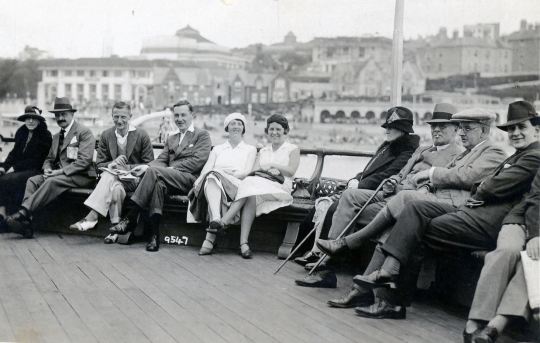
Bournemouth, Sept 21, 1931
240 notes
·
View notes
Photo
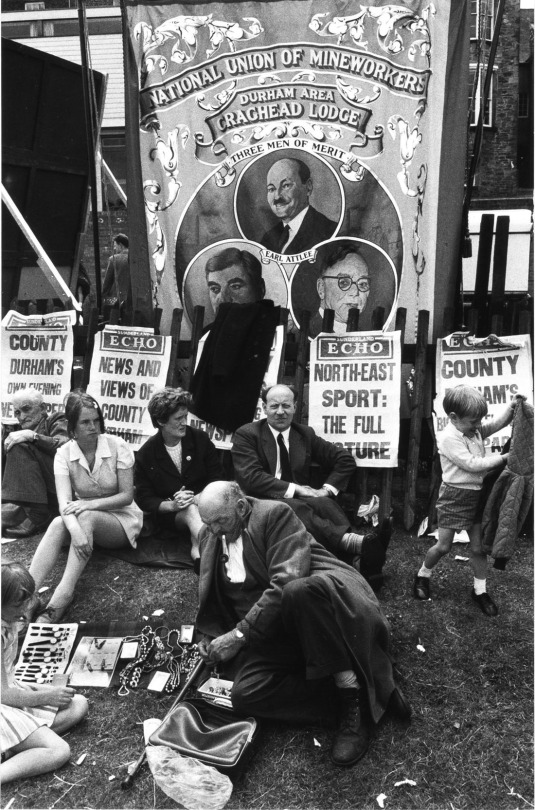
Tony Ray-Jones. Durham Miners Gala. Great Britain. 1969
Follow my new AI-related project «Collective memories»
#BW#Black and White#Preto e Branco#Noir et Blanc#黒と白#Schwarzweiß#retro#vintage#Tony Ray-Jones#Durham#Miners Gala#Great Britain#UK#England#1969#1960s#60s#history#histoire#história#Geschichte#歴史#historical#historisch#histórico#historique
121 notes
·
View notes
Text
Non-paywall version here.
"When Arley Gill, head of Grenada’s National Reparations Committee, envisioned his work seeking repair for centuries of enslavement on the Caribbean island, one thing was certain: It was going to be a long slog.
But just two years since its founding, the task force is fielding calls from individuals around the world looking to make amends for ancestors who benefited from enslavement in Grenada.
“If you had told us this would be happening, we wouldn’t have believed you,” Mr. Gill says, crediting a burgeoning movement of descendants of enslavers getting wise to their family’s history and taking action.
In Grenada’s case, the momentum began with a public apology made by former BBC journalist Laura Trevelyan and her family in February at a ceremony on the island. They apologized for their forebears’ enslavement of people in Grenada and their enrichment from it, pledging an initial contribution of £100,000 ($130,000) toward education on the island.
“She opened the doors for people to feel comfortable” coming forward, says Mr. Gill.
In April [2023], Ms. Trevelyan and journalist Alex Renton co-founded an organization called Heirs of Slavery. Its eight British members have ancestors who benefited financially from slavery in various ways...
Heirs of Slavery says wealth and privilege trickle down through generations, and that there are possibly millions of Britons whose lives were touched by money generated from enslavement.
The group aims to amplify the voices of those already calling for reparations, like Caribbean governments. And it supports organizations working to tackle the modern-day consequences of slavery, both in the United Kingdom and abroad, from racism to health care inequities. But it’s also setting an example for others, drafting a road map of reparative justice for enslavement – at the individual level...
“Shining a light is always a good idea,” says Mr. Renton, who published a book in 2021 about his family’s ties to slavery, donating the proceeds to a handful of nongovernmental organizations in the Caribbean and England. “You don’t have to feel guilt about it; you can’t change the past,” he says, paraphrasing Sir Geoff Palmer, a Scottish Jamaican scholar. “But we should feel ashamed that up to this point we’ve done nothing about the consequences” of slavery.
Start anywhere
Most Africans trafficked to the Americas and Caribbean during the trans-Atlantic slave trade ended up in the West Indies. The wealth generated there through unpaid, brutal, forced labor funded much of Europe’s Industrial Revolution and bolstered churches, banks, and educational institutions. When slavery was abolished in British territories in 1833, the government took out a loan to compensate enslavers for their lost “property.” The government only finished paying off that debt in 2015.
The family of David Lascelles, the 8th Earl of Harewood, for example, received more than £26,000 from the British government after abolition in compensation for nearly 1,300 lives, while “the enslaved people were given nothing,” Mr. Lascelles says. He joined Heirs of Slavery upon its founding, eager to collaborate with peers doing work he’s been focused on for decades.
“People like us have, historically, kept quiet about what our ancestors did. We believe the time has come to face up to what happened, to acknowledge the ongoing repercussions of this human tragedy, and support the existing movements to discuss repair and reconciliation,” reads the group’s webpage.
For Ms. Trevelyan, that meant a very public apology – and resigning from journalism to dedicate herself to activism...
For Mr. Lascelles, a second cousin of King Charles, making repairs included in 2014 handing over digitized copies of slavery-related documents discovered in the basement of the Downton Abbey-esque Harewood House to the National Archives in Barbados, where much of his family’s wealth originated during enslavement.
“What can we do that is actually useful and wanted – not to solve our own conscience?” he says he asks himself...
“Listen and learn”
...The group is planning a conference this fall that will bring together families that benefited from the trans-Atlantic slave trade along with representatives from Caribbean governments and Black Europeans advocating for reparations. In the meantime, members are meeting with local advocacy groups to better understand what they want – and how Heirs of Slavery might assist.
At a recent meeting, “there was one man who said he wanted to hear what we had to say, but said he saw us as a distraction. And I understand that,” says Mr. Renton. “Maximum humility is necessary on our part. We are here to listen and learn, not try to take the lead and be the boss.”
Mr. Renton’s family has made donations to youth development and educational organizations, but he doesn’t see it as compensation. “I see this as work of repair. If I sold everything I own, I couldn’t begin to compensate for the lives my ancestors destroyed,” he says."
-via The Christian Science Monitor, August 1, 2023
Note: I know the source name probably inspires skepticism for a lot of people (fairly), but they're actually considered a very reliable and credible publication in both accuracy and lack of bias.
#slavery#reparations#antiblackness#racism#colonialism#united kingdom#uk#granada#caribbean#social justice#ancestry#black history#black lives matter#reparative justice#enslavement#abolition#systemic racism#good news#hope
242 notes
·
View notes
Text
As the name suggests, the World Wars involved the world. People from all over served, and this includes people from African and Carribbean countries, yet I feel they are not so well-remembered in media and the history books for their heroics and sacrifices. Here are a few icons among many below.
Eugene Bullard

Eugene Jacques Bullard (1895-1961) was one of the first black American pilots and served in the French air force’s Lafayette Flying Corps, an all-American volunteer outfit, in World War 1. Meanwhile, in World War 2, Eugene Bullard served as a spy for France, where he also proved highly successful against the Nazi regime. Bullard was fluent in English, German and French, as well as a boxer and self-taught Jazz musician.
Eugene Bullard was awarded fifteen French war medals: Knight of the Légion d’honneur, Médaille Militaire, Croix de Guerre, Volunteer’s Cross (Croix du combattant volontaire), Wounded Insignia, World War I Commemorative Medal, World War I Victory Medal, Freedom Medal, and the World War II Commemorative Medal.
Walter Tull

Lieutenant Walter Tull (1888 - 1918) was the first British-born black army officer and the first black officer to lead white British troops into battle. He fought on the Somme in 1916 and became the first black combat officer in the British army in spite of a military rule officially excluding "any negro or person of colour” from that position. Before the War, he was a pioneering black football player and the first black outfield player to feature in the English top flight, with two seasons at Tottenham Hotspur.
Sadly, Walter Tull was killed in 1918, during the early German spring offensive, and was never awarded the military cross that he was recommended for.
Johnny Smythe

Born in Sierra Leone, Johnny Smythe (1915 - 1996) successfully made it into RAF aircrew during the Second World War. Smythe trained as a navigator, having a great talent for mathematics. He successfully navigated 26 bombing missions over Germany, although was unfortunately shot down on his 27th mission and captured. Smythe would spent the last two years of the war in Stalag Luft I, an infamous Lufftwaffe-run POW camp, until he was liberated by the Russians in 1945.
In 1948, Johnny Smythe served as the senior officer aboard the Windrush. After pursuing a career in law and working as the Queen's Counsel for Sierra Leone for a number of years, in 1961 he was appointed Solicitor General of the newly independent Republic of Sierra Leone. In 1978, he awarded the Order of the British Empire (OBE) for his outstanding service.
Ulric Cross

Ulric Cross (1917 - 2013) was Trinidadian and one of the most decorated Caribbean airmen in WWII. Joining the RAF at 24, he trained as a navigator and joined 139 Squadron, gaining the nickname ‘The Black Hornet’. Cross was an expert in precision bombing and later joined the ranks of the elite Pathfinder Force, flying high-risk missions into enemy territory as low as 50 feet as opposed to 25,000 like most pilots. While Cross was offered the option to rest after completing 50 missions, he instead volunteered for another 30 missions over enemy territory. At the end of the War, Cross had flown a total of 80 missions.
For his undeniable commitment, hard work and skill, Cross was awarded the Distinguished Flying Cross and the Distinguished Service Order.
#world war 2#world war 1#us history#uk history#africa#sierra leone#trinidad#black soldiers#world war means WORLD War#someone write a movie about these guys and many others#history#black history#caribbean
151 notes
·
View notes
Text
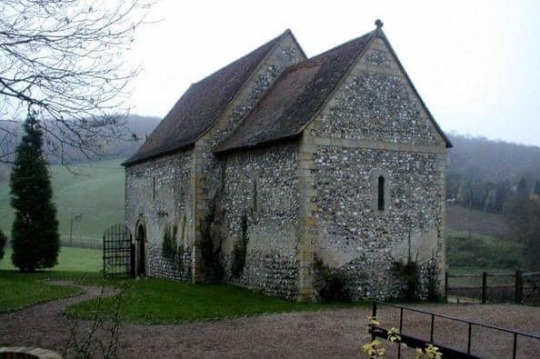
Dode village was wiped out by plague, but her parish church survives
#Dode#Kent#Black Death#plague village#1349#mediaeval#British history#ghost village#parish church#rural britain#UK
199 notes
·
View notes
Text



A very private residence.
On this ancient site (York, England) traces have been found of Roman, Pagan and Christian Saxon occupation. The surviving 12th Century Norman Chapel belonged to St. Mary's Abbey throughout the middle ages.
Victims of the Black Death were buried here in 1349. Declared redundant in 1973 the building was restored as a private residence in 1981 with no public admittance allowed to the historic hall or grounds.
#Chapel#Church#Churches#Tower#Building#Structure#Architecture#History#Historic#Plague#Black Death#Dark Academia#Aesthetic#Medieval#Homes#Houses#Photography#UK#England#Yorkshire
155 notes
·
View notes
Text
new jack icon from the whatsonstage santa fe :)
#from minnale_photography on insta#has. a Lot of pics from the awards btw#fizz freaks#jack kelly#michael ahomka lindsay#🫡♥️♥️♥️.#newsies#newsies uk#happy black history month everyone
29 notes
·
View notes
Text
HAPPY BLACK HISTORY MONTH!! :)
#before anyone asks YES it is black history month here in the uk!#black history month#black pride#black excellence#BLM
41 notes
·
View notes
Text




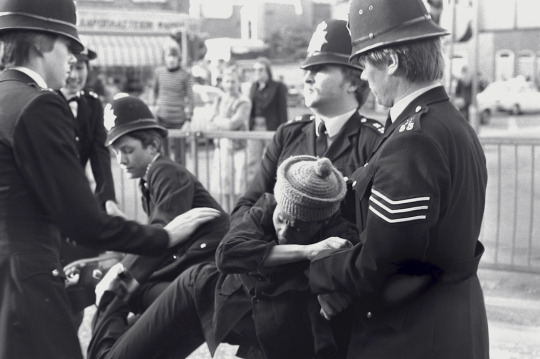

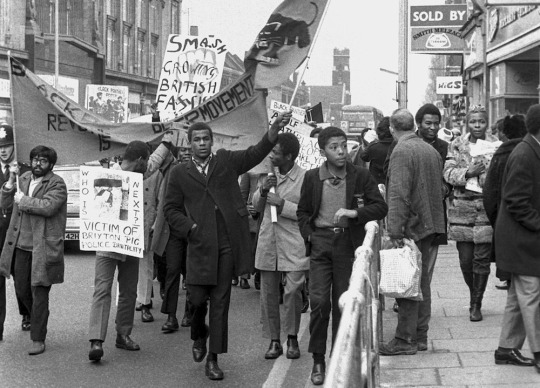
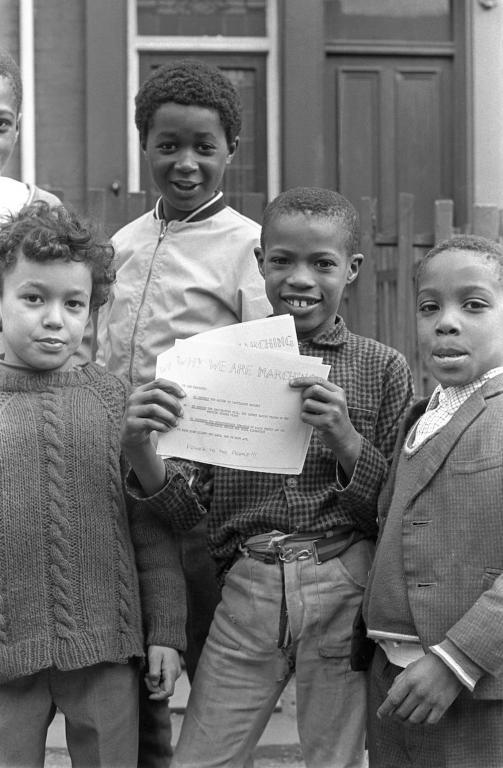

A collection of photos by Neil Kenlock of the British Black Panther party from 1968-1972.
#black history month#black history month uk#british black panthers#british black panther party#neil kenlock#black british#black british history#black panther party#british black history month#politics#helen speaks
33 notes
·
View notes
Text
Windrush generation: hundreds ‘sent back to Caribbean from UK hospitals’
#uk politics#never tory#uk racism#ableism#british history#black british history#asylum seekers#child welfare#the uk is not innocent#guardian articles
69 notes
·
View notes
Text

Westminster Abbey, London
#London#Westminster#westminster abbey#church#religion#history#black and white photography#black and white#b&w#England#UK
21 notes
·
View notes
Text
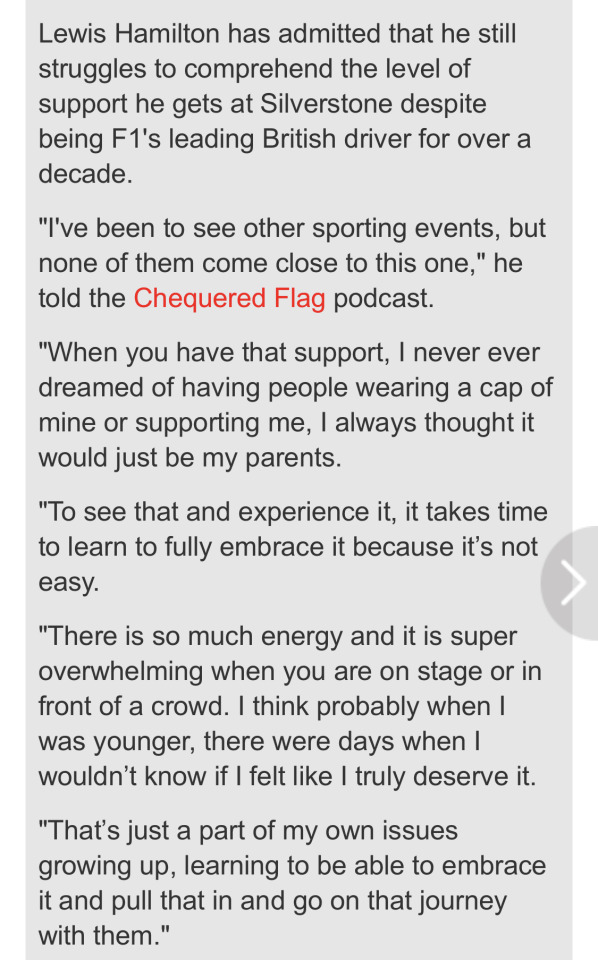
🥺🫶🏾
#seeing the love he gets at silverstone is so so so special and i wish this kind of thing wasn’t a raretiy for black athletes in the uk#part of my own issues growing up… baby i wanna hold you so close :((#i don’t think he’ll ever be able to fully comprehend just how much he means to people esp poc in this country#that he’s become the greatest british driver in history while certain factions and the press try and discredit him and take away his#britishness… yeah.. he really said fuck the sun#anyway. having a very big im proud of him moment
41 notes
·
View notes
Photo

Bill Brandt. London by Moonlight. The Bombed City. April 1942
Follow my new AI-related project «Collective memories»
#BW#Black and White#Preto e Branco#Noir et Blanc#黒と白#Schwarzweiß#retro#vintage#Bill Brandt#London#UK#moonlight#1942#1940s#40s#war#guerra#Second World War#WW 2#history#historico#histoire#história#Geschichte#記録#史籍#由来#night#noite#nuit
87 notes
·
View notes
Text
october is black history month in the UK I think black people all around the world should celebrate black history month in October as well as feburary with us too <3
#granted every day should be bhm but like. i think it would be fun to also use the uk's bhm as a time to celebrate too!#nonblacks dni#i feel like many ppl dont know abt uk bhm im just saying that over here bhm is in october thats all lol and i think we should#celebrate uk black history
196 notes
·
View notes
Text
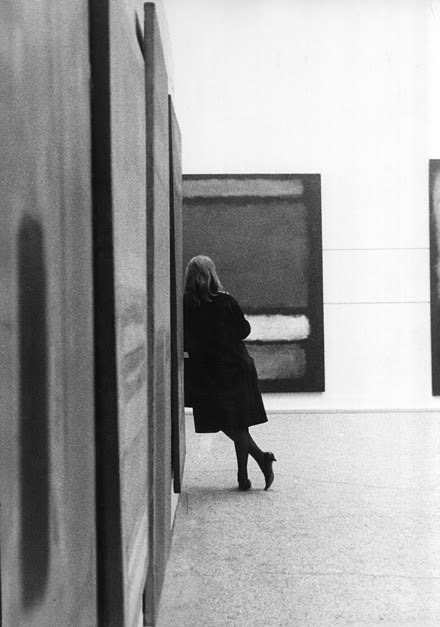
First exhibition of Mark Rothko’s works in the UK, at the Whitechapel Gallery, 1961. Photo by Sandra Lousada.
#art#art history#b&w#modern art#mark rothko#Rothko#20th century art#history#whitechapel gallery#uk#black and white photography#photography#museums#vintage
410 notes
·
View notes